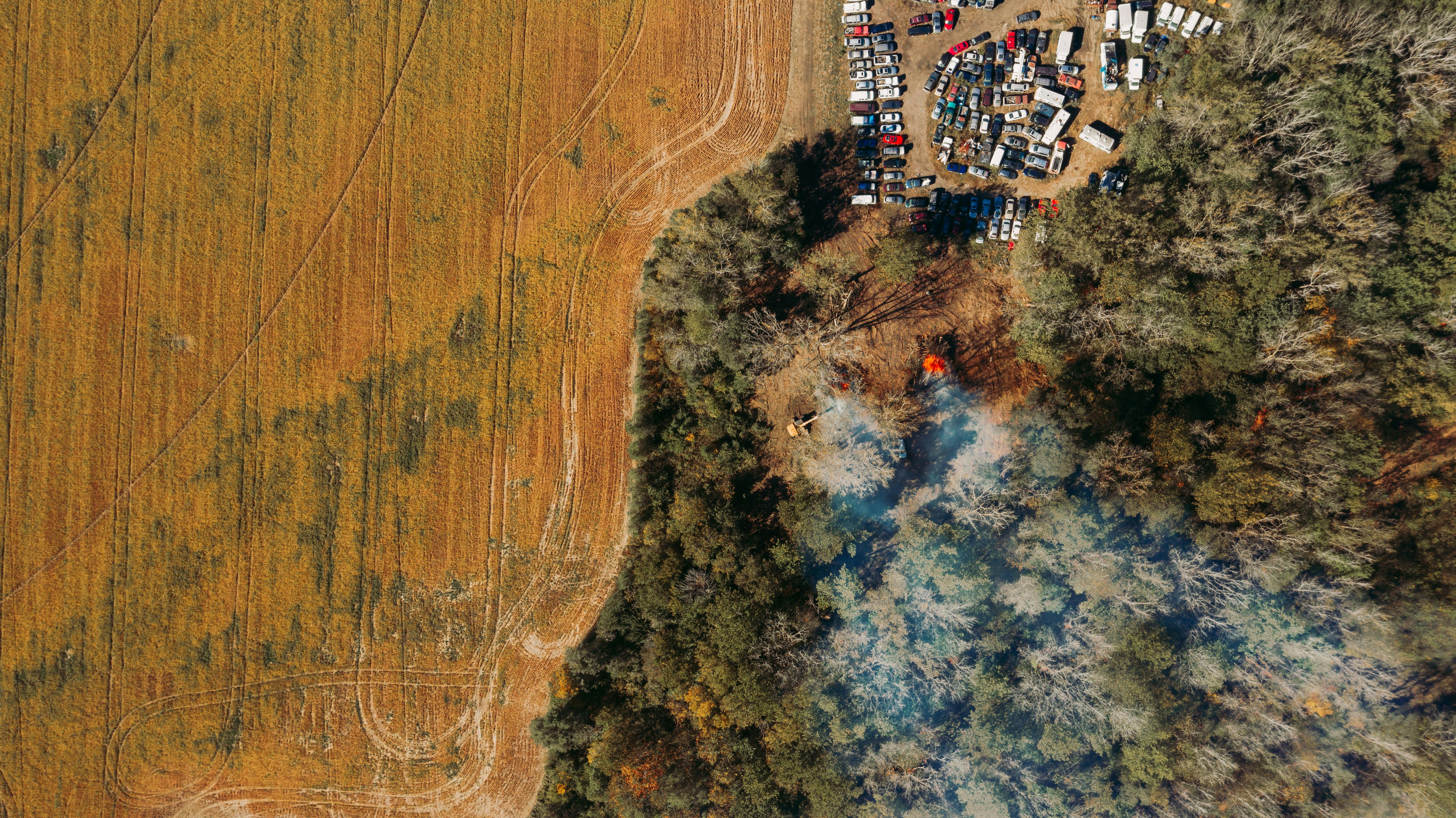Understanding Bloating or Gastric Dilatation Volvulus in Dogs
Gastric dilatation volvulus or also known as bloat, GDV, or gastric torsion is a life-threatening condition that affects dogs. Deep-chested breeds like the Great Dane and Doberman are often affected by this disease. This rarely occurs in smaller dogs. Unfortunately, despite treatment, between a quarter and a third of dogs will not survive GDV. There are several causes of GDV, but genes and eating habits are two that play a huge role in why dogs can develop this condition.
GDV is characterized when gas cannot escape from the stomach. The normal contractions in the stomach wall stop and all the organs move in the abdomen. Due to this, the blood supply is cut off by the torsion effect. The tissues are deprived of oxygen. The stomach will enlarge putting pressure on the diaphragm causing breathing problems. The dog can go into cardiac arrest due to restrictions found in the abdominal arteries. The dog could go into shock and, if not treated immediately, could cause death.
There are factors that can contribute to GDV. This includes overeating, eating once a day, and energetic activity after meals. Older male dogs are more likely to develop this problem compared to other dogs. Dogs undergoing GDV may experience pain in the abdomen. If you notice vomiting, hypersalivation, difficulty breathing, or worse, comatosis, take the dog to the hospital immediately. An x-ray may show gas trapped in the stomach. The vet will most likely put in a rapid intravenous fluid and supplemental oxygen. If your dog is in a coma, artificial respiration is necessary. A stomach tube will be inserted to deflate the stomach and restore blood circulation.
There are medical treatments that are done along the way if necessary. These include heart rhythm abnormalities, electrolyte imbalance, and sepsis. If the dog is ready for anesthesia, the next process is surgical repair of the damaged stomach tissue and gastropexy. It also includes addressing the stomach to the abdominal wall.
Be careful because there are complications that can occur after surgery. This includes relapse of symptoms, cardiac arrhythmias, necrosis and perforation of damaged organs, and peritonitis or sepsis of the abdominal cavity. The diagnosis of a patient with GDV depends on how soon the dog receives treatment. The extent of tissue damage is also often examined. There is a follow-up therapy that needs to be done. The dog should be on antibiotics to prevent infection, intravenous fluids so the dog can eat normally, and to manage pain. GDV is a serious condition that would require immediate medical treatment. If you think your dog is suffering from gastric bloat, always use caution.



Recent Comments